#mid 20th century
Text

27th July 1956: Sailor Trevor Grunkhurn plays cards with the help of the ship’s pets, Joey the golden hamster, and Smew the kitten. They are aboard the HMS Torquay
410 notes
·
View notes
Text
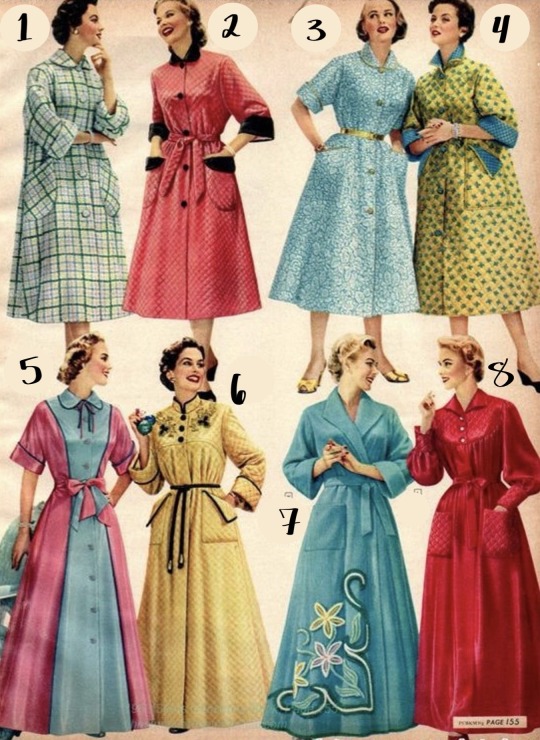
#historical fashion polls#fashion poll#historical dress#historical fashion#dress history#fashion history#fashion plate#20th century fashion#mid 20th century#20th century#circa 1950#1950s dress#1950s style#1950s fashion#1950s#circa 1953#housecoat
116 notes
·
View notes
Text
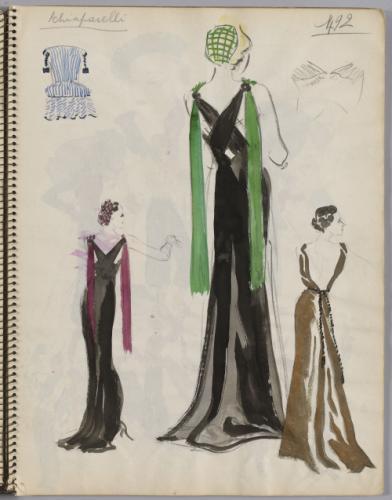
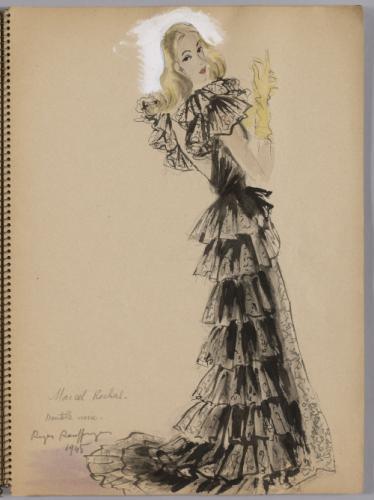

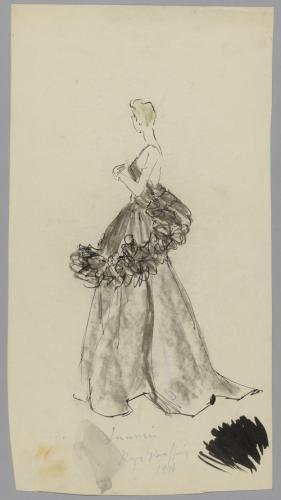

Illustrations by Roger Rouffiange;
Schiaparelli, 1935
Marcel Rochas, 1945; Unknown designer, 1945
Carven, 1947; Jeanne Lanvin, 1946
#elsa schiaparelli#schiaparelli#carven#marcel rochas#1945#1940s#mdpfashionillustration#vintage#vintage fashion#vintage fashion illustration#fashion illustration#1946#1947#roger roufflange#jeanne lanvin#lanvin#rochas#1935#1930s#illustration#20th century#mid 20th century
70 notes
·
View notes
Text

Evening Gown worn by Marilyn Monroe in "There's No Business Like Show Business", 1954
#1950s fashion#mid 20th century#gown#dress#purple#beige#there's no business like show business#movie fashion#hollywood#marilyn monroe#historical fashion#paleta post
11 notes
·
View notes
Text
Help me!!!
Currently trying to form a 1950s-1980s AU for my OCs! For some reason I feel the need to be doing a fuck ton a research on that time period! If anyone knows any good sources on info for that time period (preferably the late sixties to seventies) regarding quite literally anything from American politics to the most popular soda brand please!!! Help me!!!
#1970s#1970s music#1970s icons#1970s films#1970s vintage#1980s#1960s#1960s television#1960s vintage#lgbtq history#vietnam war#1950s fashion#1950s cinema#1950s music#20th century#mid 20th century#1950s history#70s punk#60s aesthetic#history#for research purposes#oc au#my ocs#60s 70s 80s 90s#elvis history#american history
11 notes
·
View notes
Photo
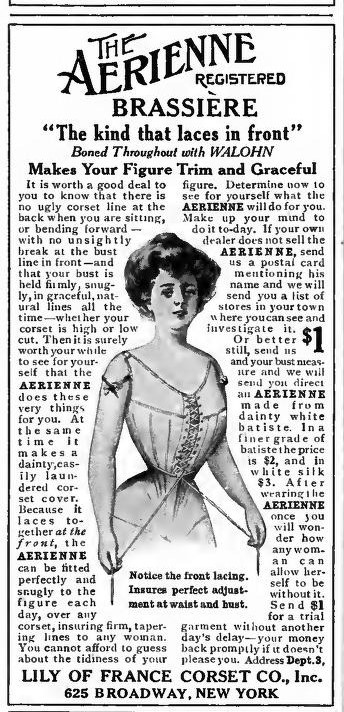
The "Aerienne" registered brassiere was a type of women's undergarment that was manufactured and sold by the Lily of France Corset Co., Inc. The company was located at 625 Broadway in New York City.
The brassiere was advertised as being "boned throughout with walohn," which was a type of flexible boning made from a synthetic material. This was designed to provide support and shape to the garment, while still allowing for a comfortable fit. The brassiere was also advertised as having a front-lacing design, which made it easier to put on and take off than traditional back-lacing brassieres.
The Lily of France Corset Co., Inc. was a prominent manufacturer of women's undergarments during the early to mid-20th century. The company was known for its innovative designs and use of new materials and technologies, and was a major player in the competitive lingerie market of the time. While the company no longer exists today, its legacy can be seen in the continued popularity of many of its classic designs and styles.
#vintage#history#aerienne#brassiere#lily of france corset co inc#broadway ny#walohn#early 20th century#mid 20th century
7 notes
·
View notes
Text
L'APPRENTICE CUISINIERE


K so I like to pick up magazines and media from different languages and from different places and today I finally managed to finish something I've been wanting to for a long time. So this is a white roux recipe, a cousin to the bechamel sauce. It's from a French magazine from the 50s-70s which I've translated into English to the best of my abilities. The roux is a type of sauce where you mix flour and fat.
I have more stuff like this in a few other different idioms that I want to translate, but I'll have to take my time. I'm leaving the translation below. I found this quite useful and informative and after the recipe they give you possible versions and combinations depending on what you want to eat the sauce with. And with all the untranslateable terms I realised how much French cuisine has coined.
------------------------------------------------------------------------------
White sauce
This sauce is an accompaniment to vegetables, fish, poultry. Unlike what's too often widespread, it is never made with milk. Only the Béchamel sauce is, whose basic technique is the same (we'll get back to that shortly). - Régine Signorini
REQUISITES FOR SUCCESS:
Good balance of proportions: butter, flour, liquid (see below).
Don't use extra-fluid flours that thicken too much. They won't do this in a good way. Some flours that have been milled for a long time produce the same effect for different reasons. If the sauce liquefies at the end of cooking you can fix it by binding it with egg yolks (see photo 6).
Butter and flour should cook sufficiently together before adding the liquid: this cooking is called "making a roux". The liquid should always be added cold and all at once to avoid lumping. The liquid is generally the broth obtained from cooking the food that the sauce accompanies: vegetables (asparagus, leeks, cauliflower), fish, mussels, poultry or meat (chicken white, blanquette, etc.). At the end, you can add the egg yolks and cream to thicken or enrich the sauce.
The sauce should be stirred continuously until fully cooked. So prepare all your ingredients before you begin.
FOR 4 TO 6 PEOPLE
50 g butter, 50 g flour, 1/2 litre liquid [e.g.broth] a cofeespoon of fine salt, pepper.
Put the butter on low heat and let it melt fully.
Add the flour in one sitting (this can be done away from the fire), let it cook while stirring: the mix becomes smooth and very much bonded, then it begins to acquire the texture of a mousse.
Once the mix gets very moussy it acquires a cookie odour, don't let it take colour. At this stage of cooking you should have a white "roux". Cooked a while longer, the "roux", becomes blonde and then brunette, this being the basis for another sauce type. Add the cold liquid in one sitting.
The sauce will appear failed because the particles of butter and flour were distributed in the liquid. After a few minutes, it resumes consistency and begins to thicken. The Sauce is done cooking after you've added broth once or twice.
If you still have to make other things, put the sauce in a bain marie and melt a piece of butter without sinking it in; let it melt on the surface, it will prevent a coat from forming. Mix when ready to serve. Season with salt and pepper.
To enrich or thicken the sauce, you may add one or two egg yolks, but never directly: they will coagulate without thickening. To do this, put the yolks in a bowl; slowly pour a bit of the sauce to get the yolks used to the heat; then pour the contents of the bowl into your pan and mix.
Here we'll give you the composition of the most common [white] sauces [illegible but something about mentioning the greatest white sauces afterwards: the Nantua, the Villeroy, the hot-cold, etc.]
For vegetables: white roux + broth from cooking your chosen vegetable
For fish: white roux + court-bouillon
With capers: white roux + court-bouillon + capers
Norman: white roux + court-bouillon (or mussel water and white wine) + cream
Aurore: white roux + water + tomato sauce
Pullet: white roux + meat or fish court-bouillon + eggs + cream + chopped parsley
Mushrooms: white roux + vegetable broth + mushrooms sauteed in butter
Ravigote: white roux + broth (vegetable, meat, or fish) + shallots (chopped and cooked in vinegar) + egg yolks + minced tarragon and chervil
Carry: white roux + broth + cream + a coffeespoon of carry [curry?]
#recipe#long recipe#french#roux#white roux#white sauce#mid 20th century#50s#60s#70s#vintage recipe#vintage cooking#french cuisine#bechamel sauce#sauce#sauce recipe#my translation#vintage magazine#butter#flour#broth#i love how the pages match with my blog's colour scheme#translated recipe
1 note
·
View note
Text

Some more pre-canon doodles!
Alternative title: Katniss and her blondies :)
#hey look colored sketches#in my head district 12 everyday school clothing is akin to mid 20th century school fashion#i always liked the idea that the wrestling competition was some school event#and katniss pretends she doesnt notice but madge is like hmmmm#my art#thg#mine#artists on tumblr#sketch#doodles#katniss everdeen art#katniss everdeen#peeta mellark#madge undersee#primrose everdeen#everlark#pre canon
1K notes
·
View notes
Text

Here is Bilgewater, the mascot of the US Coast Guard Academy, circa 1944. He’s modeling the new wartime grey cadet uniform.
315 notes
·
View notes
Text
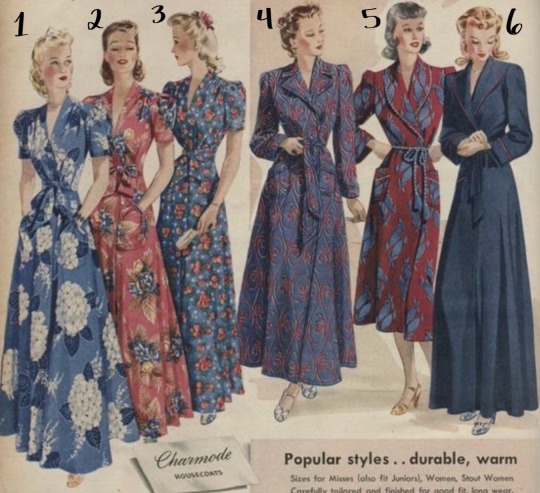
#historical fashion polls#fashion poll#historical dress#historical fashion#dress history#fashion history#fashion plate#20th century fashion#mid 20th century#early 20th century#20th century#1940s style#circa 1940#1940s fashion#1940s#circa 1942#circa 1943#housecoat
108 notes
·
View notes
Text
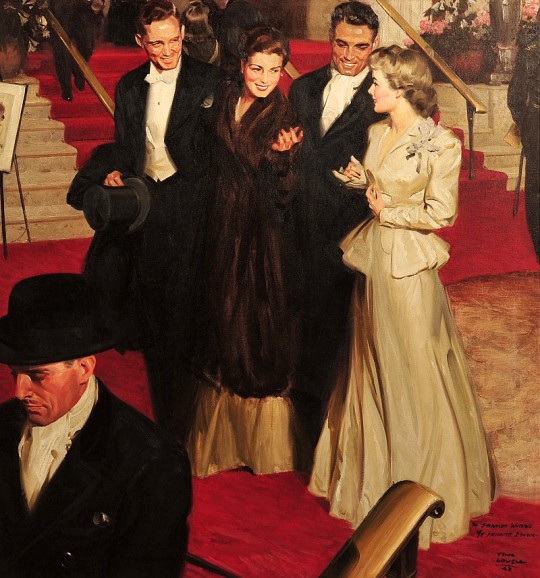
"Formal affair" by Tom Lowell, c. mid 20th century
61 notes
·
View notes
Text
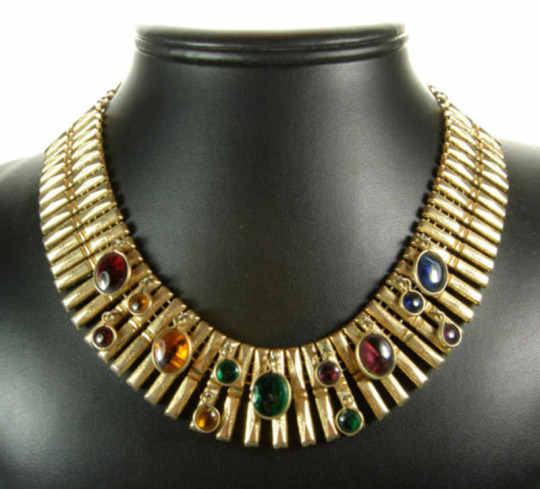


Elsa Schiaparelli glass drops necklace, ca. 1940
#historical fashion#elsa schiaparelli#red#blue#green#yellow#necklace#jewelry#1940s fashion#1940s art#mid 20th century#paleta post
11 notes
·
View notes
Text
An archetype of a mid-twentieth male can be seen as one embracing the sexual male in the imagination of someone 'trapped' in gay a stereotype.
This is the subject of my latest visual project. Send your thoughts and how this might impact the LGBT orthodoxy we now see as the way forward.
1 note
·
View note
Text


Audrey Hepburn at an Automat in Times Square. Photographed 1951 by Lawrence Fried.
Horn & Hardart's Automats were innovative, self-service restaurants that fed millions of New Yorkers but were also a tourist attraction for almost eighty years.
After a visit to Berlin around the turn of the century, Philadelphia restaurant owners Joseph Horn and Frank Hardart incorporated many of the ideas they saw at "waiterless cafeterias", installing automation equipment at their new Philadelphia "Automat" in 1902. It didn't catch on, proving to be a little too ahead of its time. But their second attempt in New York City ten years later did. By then, there were hundreds of thousands of stenographers, secretaries, and sales clerks filling new office buildings throughout Manhattan, and the Automat provided them with an inexpensive place to meet friends, eat fresh, wholesome and well-prepared meals in safe and comfortable surroundings, and where they never had to worry about tipping. Beautifully designed with dolphin heads for coffee spouts, marble floors, high ceilings and pristine menus, in record time one Automat grew to 24, serving 2400 pies a day from a central bakery that famously turned out cheap, high caliber food in abundance. Quality was a hallmark. Rules were “Do not compromise”. During the Depression, when so many restaurants went belly up, the Automats thrived. In World War II, Horn & Hardart supplied the food for combat ships. And by 1953, they were serving 2,206,000 beef pies, 10,652,000 desserts, 3,388,000 hamburgers and 4,886,000 pounds of spaghetti to 8,000,000 customers per day.
542 notes
·
View notes
Text
Why is boxing the best martial art?

Boxing is one of the best arts due to it's simplicity and adaptability. Boxing can help you improve your heart health, body composition, and strength, as well as lower your blood pressure and help you lose weight. Most importantly, boxing is a fun method to get some exercise and relieve stress in a safe and healthy environment. It utilizes head movements, footwork, and punches to form a very efficient striking system. This system is also widely considered one of the most effective methods for self-defense.
If you love Boxing, click here- https://rdbl.co/3LTSjXV
#black tumblr#muhammad ali#gordon parks#black men#black history 365#black history#sports history#black pride#black people#black beauty#boxing history#boxing#sports#sports photography#mid 20th century#heavyweight champion#health & fitness#gucci#trump#news#belfort
1 note
·
View note


